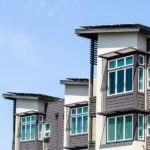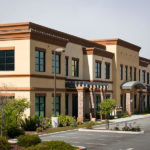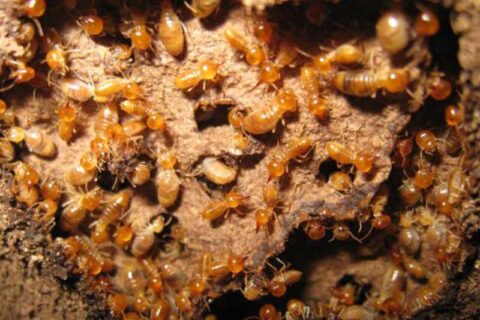Subterranean Termites: The Most Expensive Wood Destroying Organisms
Termites are the world’s most destructive house guests. With an insatiable appetite for wood (they eat 24 hours a day, seven days a week!) and an impressive organizational structure, these “silent destroyers’ will eat the foundation of your home before you even know they’ve invaded your property.
The key is spotting these menacing little critters before they tear through your house—and your pocketbook.
The Most Expensive Wood Destroying Organism
With over 2,000 different species of termites creeping around, classification can be daunting. Thankfully, most termites fall into three general categories—subterranean, dry wood, and damp wood.
The single most destructive type of termite is the subterranean kind. Although not as common as the dry wood variety, these burrowing insects are the prime culprits in the devastation of homes and buildings across the country, causing billions of dollars of damage to structures every year.
That gives them the dubious distinction of being the single costliest wood destroying organism in the United States. So what sets them apart from other termites?
Water-Loving Insects
Like their dry wood and damp wood cousins, subterranean termites have been around for over 55 million years. Subterranean termites need a great deal of moisture to survive. In order to soak in enough water to keep themselves hydrated, they live underground or in very wet areas above ground. Without that direct contact with the soil, they would quickly dry out and die.
In order to stay wet and protect themselves while gathering food, these underground wood-eaters build long “exploratory” tubes made out of the mud and fecal material.
Small, but Plentiful
Subterranean termites are smaller than their dry wood counterparts but tend to congregate in much larger groups. Indeed, the sheer number of these wood destroying organisms makes them a formidable enemy. If you were to gather all the termites in the world on one scale, and all the humans on the other scale, the termites would outweigh the humans! The fruitful subterranean termite accounts for much of that weight, and you can find these ground-dwellers living in tight-knit family groups (called colonies) in every single U.S. state except for frigid Alaska.
If you think you might have an infestation of subterranean termites, call MightyMite Termite Services to get an estimate for our orange oil termite control treatment.








